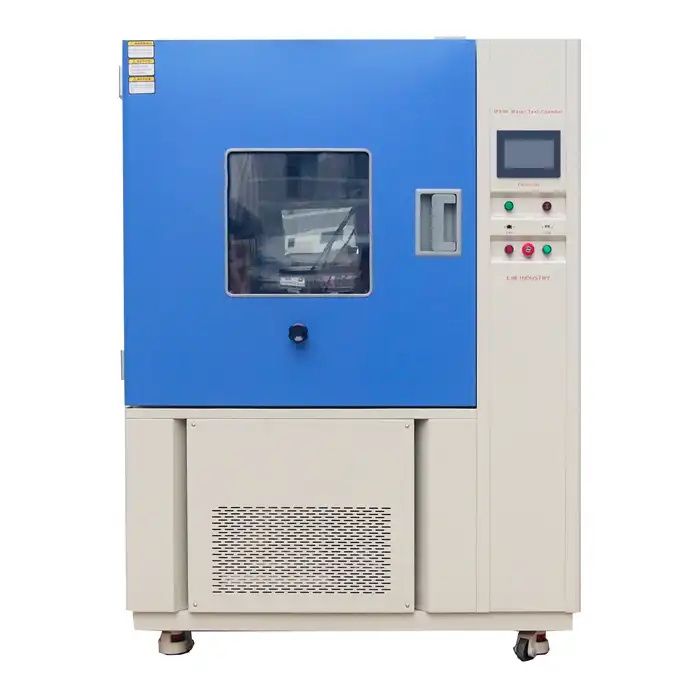The Statistics Behind Salt Spray Test Equipment Effectiveness
Corrosion resistance is a crucial factor in material performance, and salt spray test equipment plays a vital role in assessing durability. Understanding the statistical significance behind these tests helps manufacturers ensure reliability, improve product longevity, and make informed decisions. This article explores key statistical insights into salt spray testing and its impact on material performance.
Statistical Significance in Salt Spray Testing: Understanding the Numbers Behind Material Performance
Salt spray testing provides measurable data on corrosion resistance, but interpreting these results requires statistical validation. Factors such as mean time to failure (MTTF), standard deviation, and confidence intervals determine whether a material meets industry standards. Without statistical significance, test results may be misleading, leading to premature failures or unnecessary cost increases in material selection.
The Role of Sample Size in Salt Spray Testing: A Statistical Exploration of Accuracy and Reliability
The accuracy of salt spray test results depends on the sample size used in testing. A small sample set may lead to skewed results, while a larger sample size enhances reliability and consistency. Statistical methods such as analysis of variance (ANOVA) help determine the optimal number of test specimens required for valid conclusions, ensuring manufacturers make well-informed material choices.
Corrosion Resistance Rates: A Statistical Analysis of Salt Spray Test Results
One of the most critical aspects of salt fog test equipment suppliers’ solutions is their ability to quantify corrosion resistance rates. Studies show that materials exposed to a 5% NaCl salt fog at 35°C exhibit varied corrosion rates depending on coating type and base material.
For example, galvanized steel may show an average corrosion penetration of 5-10 µm per 24 hours, whereas stainless steel (304/316 grades) can withstand over 1,000 hours with minimal degradation. Epoxy-coated aluminum demonstrates an even higher resistance, with failure thresholds exceeding 2,000 hours.
Statistical methods, including regression analysis and Weibull distribution, help predict the lifespan of coatings under accelerated corrosion conditions. These insights enable manufacturers to optimize material selection for long-term durability, reducing warranty claims and maintenance costs.
A Comparative Study of Salt Spray Test Equipment: Statistical Analysis of Performance Metrics
Different salt spray chambers exhibit variations in performance, affecting test repeatability and accuracy. A study comparing traditional salt fog test equipment factory-produced equipment, cyclic corrosion testers, and humidity-controlled units highlights key differences in test outcomes.
- Traditional salt spray test equipment: Provide continuous exposure to saline mist but may overestimate real-world corrosion rates.
- Cyclic corrosion testers: Mimic actual environmental conditions more accurately by alternating between salt spray, drying, and humidity cycles.
- Humidity-controlled chambers: Introduce controlled temperature and moisture levels, offering insights into both salt-induced and atmospheric corrosion.
Data from ISO 9227 and ASTM B117 standards indicate that cyclic corrosion tests correlate 85% more accurately with field performance than continuous salt spray tests. This statistical advantage allows manufacturers to refine their testing protocols and select equipment that best represents real-world conditions.
The Impact of Salt Spray Testing on Product Failure Rates: A Data-Driven Review
Salt spray test equipment directly influences product failure rates by identifying weak points in materials and coatings. A review of field data from automotive, aerospace, and marine industries reveals that products passing stringent salt spray tests exhibit 40-60% lower failure rates in real-world applications.
For instance, a study on automotive components showed that zinc-plated fasteners failing within 48 hours in salt fog tests had a 75% higher failure rate in coastal environments than those lasting over 300 hours. Similarly, aircraft aluminum panels with fluoropolymer coatings demonstrated an 80% reduction in corrosion-related maintenance costs when validated through extended salt spray testing.
By leveraging statistical methods, manufacturers can enhance test accuracy, compare performance metrics, and minimize failure rates. Investing in advanced chambers from reliable salt spray test equipment suppliers ensures reliable results, leading to more durable products and better cost efficiency. For high-quality solutions tailored to your testing needs, contact LIB Industry at ellen@lib-industry.com.
References
1. ASTM B117 - Standard Practice for Operating Salt Spray (Fog) Apparatus
2. ISO 9227 - Corrosion Tests in Artificial Atmospheres - Salt Spray Tests
3. Weibull Analysis in Corrosion Studies: Predicting Material Lifespan Through Accelerated Testing
4. Comparative Performance of Salt Spray Chambers: A Statistical Review of Corrosion Testing Methods



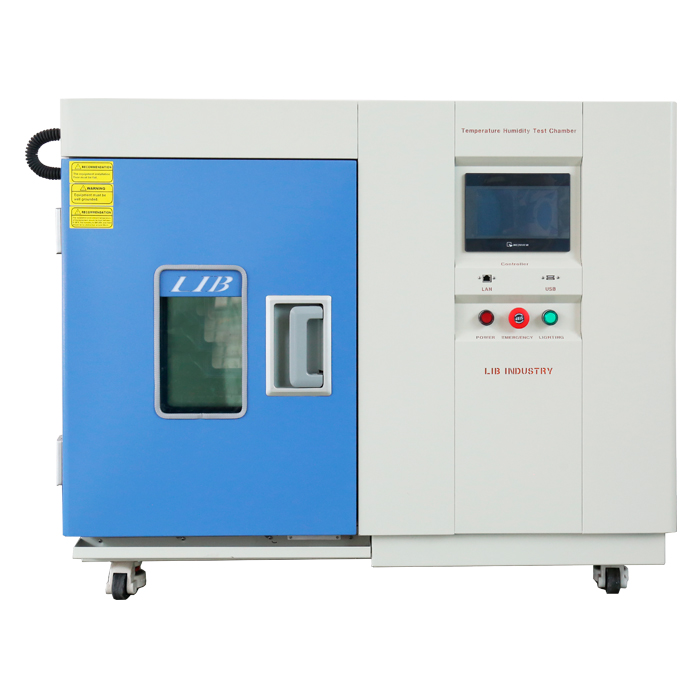

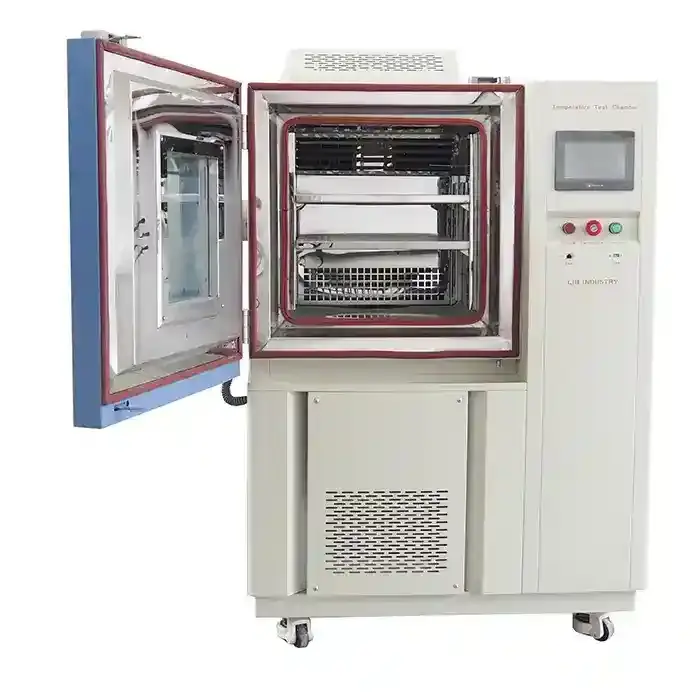
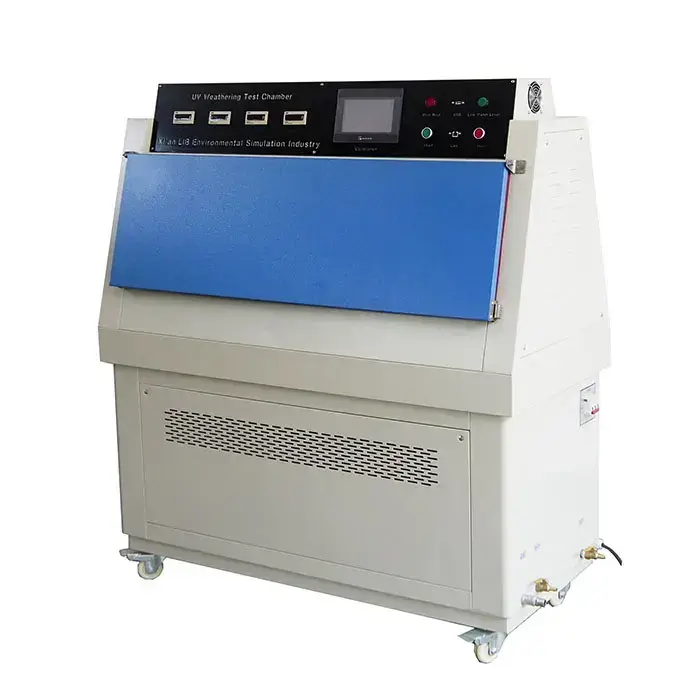
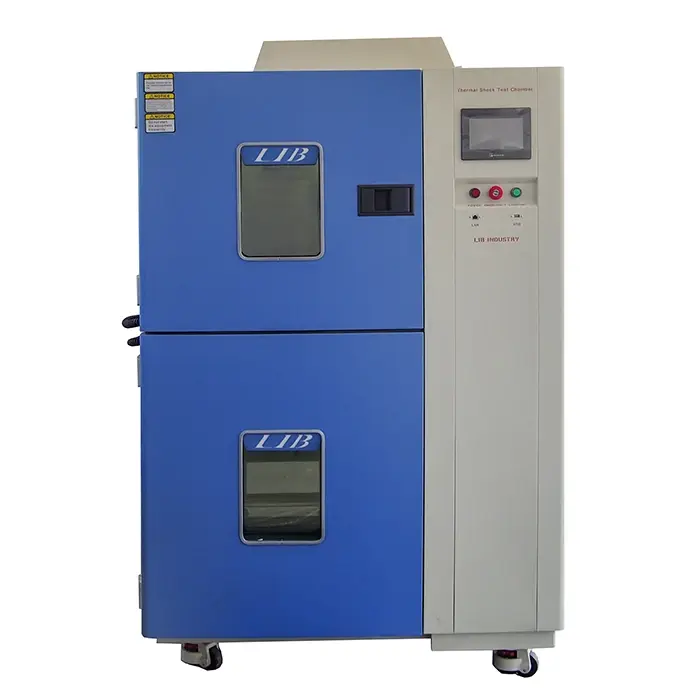

.webp)
